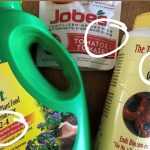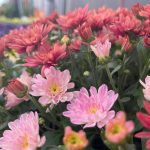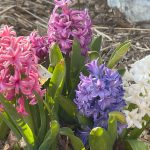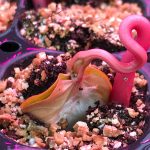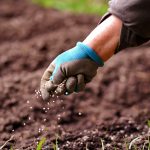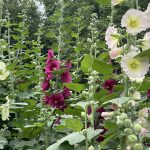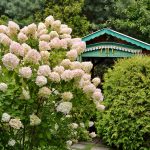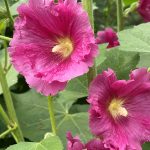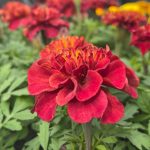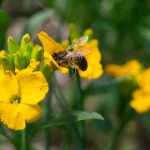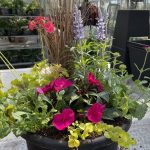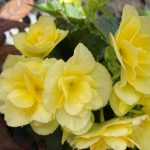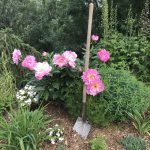Supporting pollinators and developing pollinator gardens has become a passion for gardeners at home and at the community level.
Do you ever wonder which flowers pollinators love the most?
This blog will talk about annuals and perennials that will draw pollinators into zone 3 and 4 gardens from early spring through to fall; and other features of a pollinator friendly garden.
About Pollinators
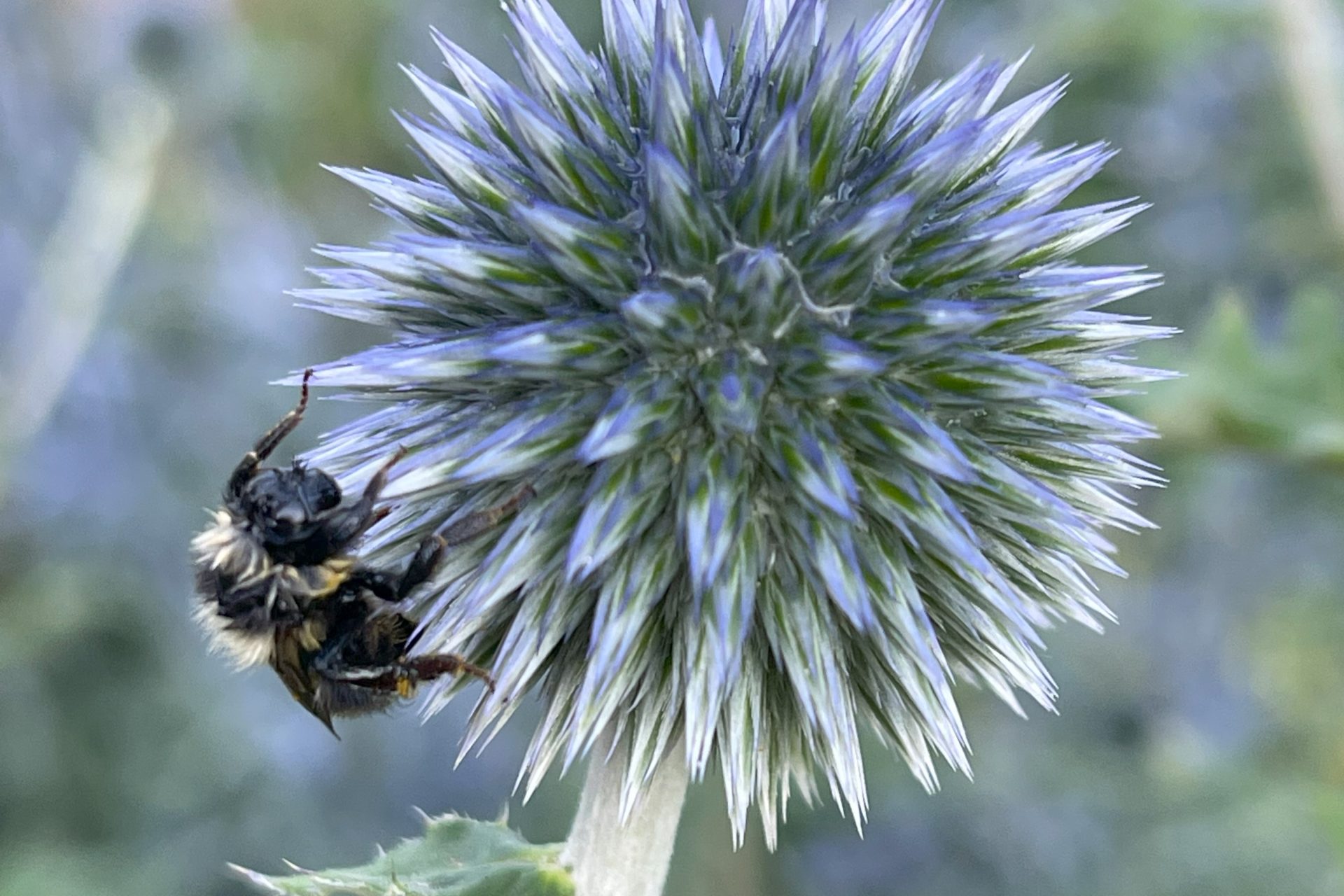
Plants play a critical role in the survival of our planet. They provide oxygen and food, produce raw materials for manufacturing, and prevent erosion.
And here’s where pollinators come in. Pollinators are essential for biodiversity and the continuance of plant species.
What is a Pollinator?
Simply stated, pollinators move pollen around. Pollinators typically refer to living organisms like mammals, reptiles, birds, insects, and humans.
However, pollinators also can be inanimate. Wind and rain move pollen around, too.
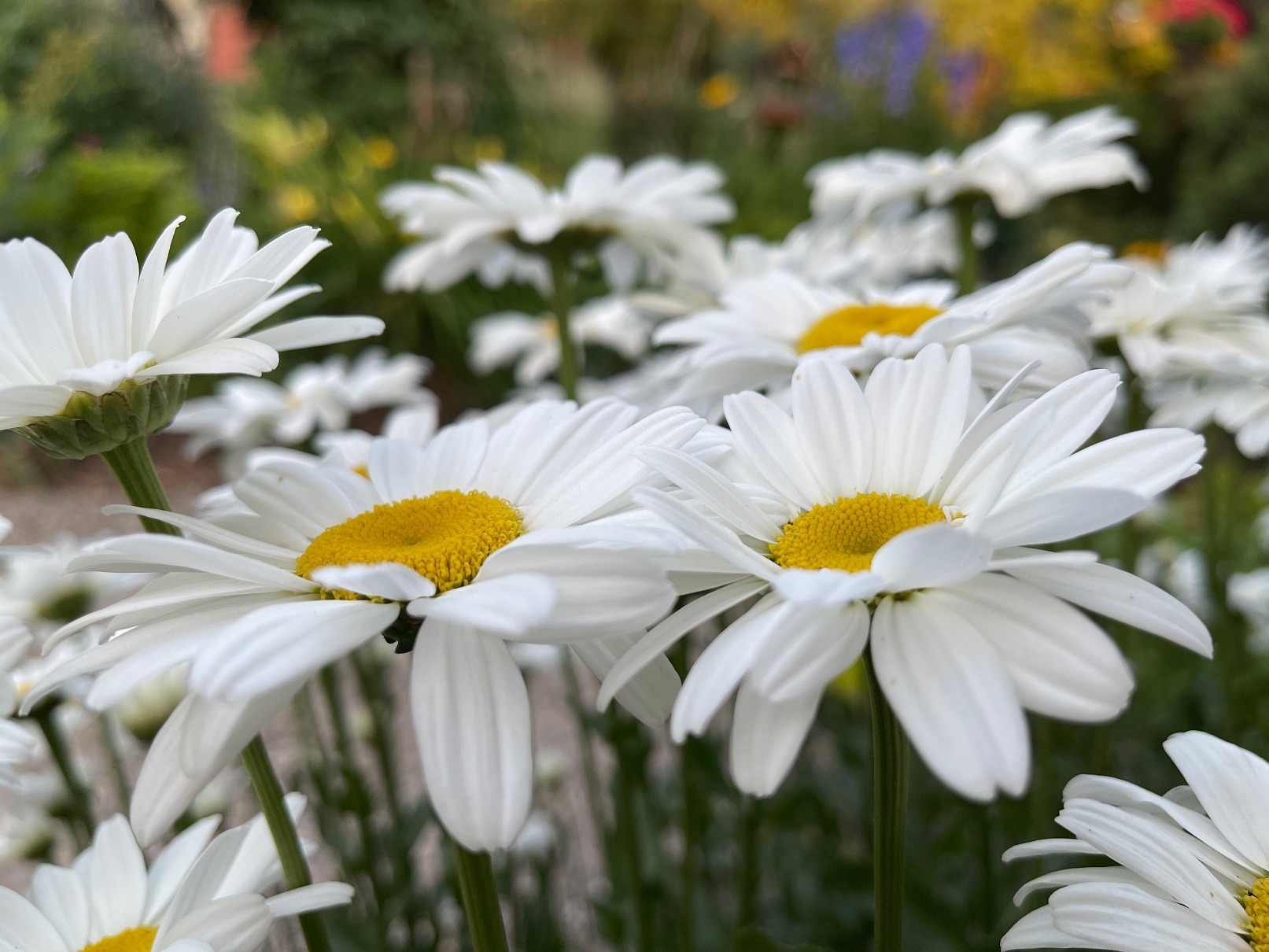
How to Make Your Garden Pollinator Friendly
Creating a safe and flourishing pollinator garden is easier than you may think.
Here are six simple things you can do to establish a garden space that pollinators will adore:
1. Provide a Full Season of Flowers
Pollinators love flowers. Craft your garden to include blossoms in spring, summer, and fall.
2. Provide Flowers with Vibrant Hues
When it comes to pollinators, bright is best. Bees, butterflies, and hummingbirds prefer radiant colours like yellow, orange, purple, and red.
3. Provide Flowers that are Easily Accessible
Pollinators favour simple, open-shaped flowers like daisies or trumpet-shaped flowers that are easy to land on.
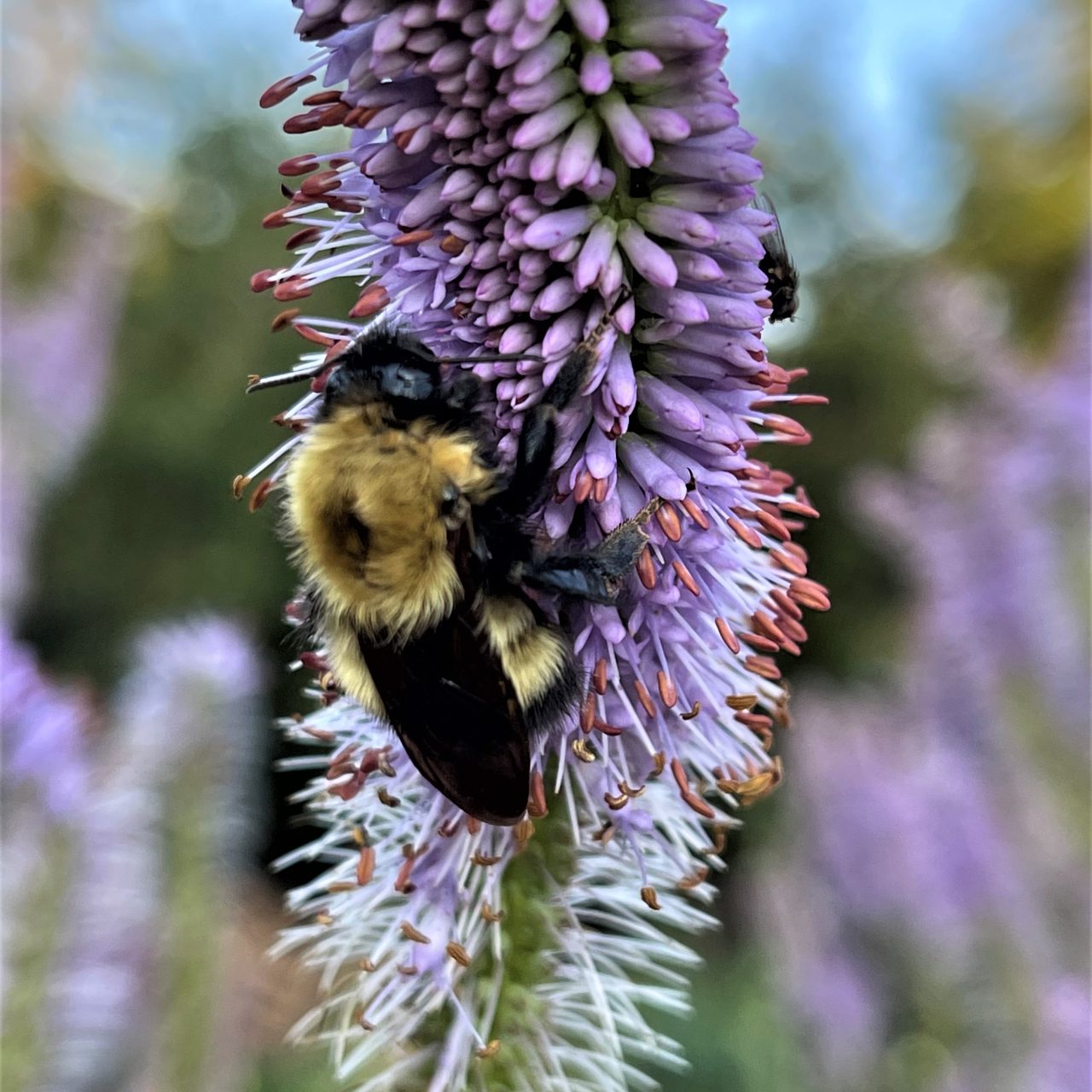
4. Provide a Variety of Fragrances
Not all pollinators are alike, and different pollinators are attracted to different scents. For example, sweet fragrances attract bees and butterflies, whereas fruity, spicy, and musty odours attract beetles and flies.
Flowers are fragrant during different times of the day. Late-night scents attract nighttime pollinators like moths, and flowers that are aromatic earlier in the day entice pollinators that are active during the day, like bees and butterflies.
Related: The Best Smelling Flowers to Growing in Your Garden
5. Provide a Water Source
All pollinators appreciate a well-deserved drink of water. Consider including a water source in your garden space like a bird bath, water fountain, or rain barrel.
6. Provide a Pesticide-Free Landscape
Maintaining a pesticide-free gardening space to attract pollinators is evident, but not everyone knows that products labelled “organic” or “safe” aren’t safe for all pollinator stages of growth and development.
Related: For even more details on how to create a flourishing pollinator garden, see my blog called 5+ Ways to Create a Thriving and Pollinator-Safe Garden.
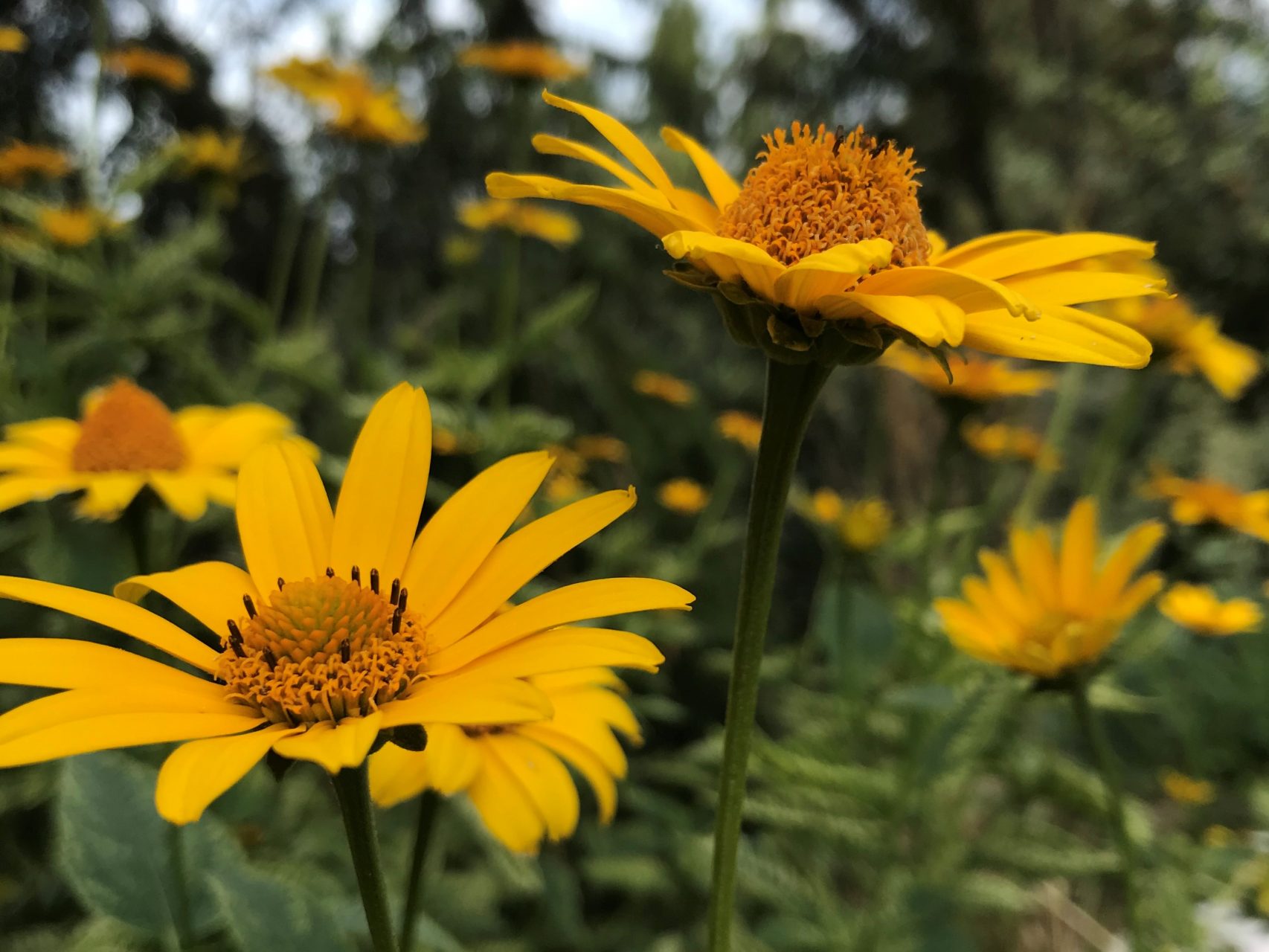
The Best Flowers for Your Pollinator Garden
When it comes to choosing the best flowers for your pollinator garden, you have several options. You can choose to either plant your garden with annuals, perennials, or both.
Annuals to Attract Pollinators
Annuals are flowers that blossom continually throughout the growing season. Some annuals need to be deadheaded, meaning that the old flowers are removed to encourage flowering. There are other types of annuals, like Calibrachoa (Million Bells), that stay in constant colour without deadheading.
Balconies, patios, decks, and tiny garden spaces are well suited for annuals.

Perennials to Attract Pollinators
Perennials work best for in-ground garden plantings in zone 3 & 4 gardens. Perennials need the surrounding ground to insulate their roots during winter so they can grow fresh from their root sources each spring.
When compared to annuals, perennials have a specific blooming period, and then they are done flowering. During the rest of the season, they maintain green growth and stay busy developing their roots systems to bulk up for the coming winter.
Related: Understanding Perennial Seasons of Bloom
There are a few perennials that bloom continuously. Echinacea (Cone Flower), Gaillardia (Blanket Flower), and Heliopsis (False Sunflower) all flower constantly once they get started. Deadhead these enthusiastic bloomers to keep them developing flowers.

Annuals + Perennials to Attract Pollinators
If you have a larger gardening space, you could create fantastic flower synergy by incorporating a mix of annuals and perennials into a pollinator-friendly landscape.
Plant a mix of perennials to have some spring, summer, and fall bloomers in the garden. Then plant vibrant annual flowers alongside the perennials to pull flower colour through as the perennials cycle in and out of their blooming season.
Which Annuals and Perennials are Best for Pollinators?
Flowers are a pollinator’s best friend. Most pollinators are attracted to the nectar produced by flowers because of its value as a food source and the process of pollination is more of an accidental by-product of this feeding behaviour.
Bees, however, feed on pollen and take pollen back to their hives to feed the baby bees.
Here is a chart filled with annual, perennial, and herb plants that pollinators love:

As you look to colour things up in your pollinator garden, feel free to click on this link to download this helpful chart of annuals and perennials that earn an A+ in attracting pollinators.
Pollinator Safe Gardens Don’t Have to Stop Here
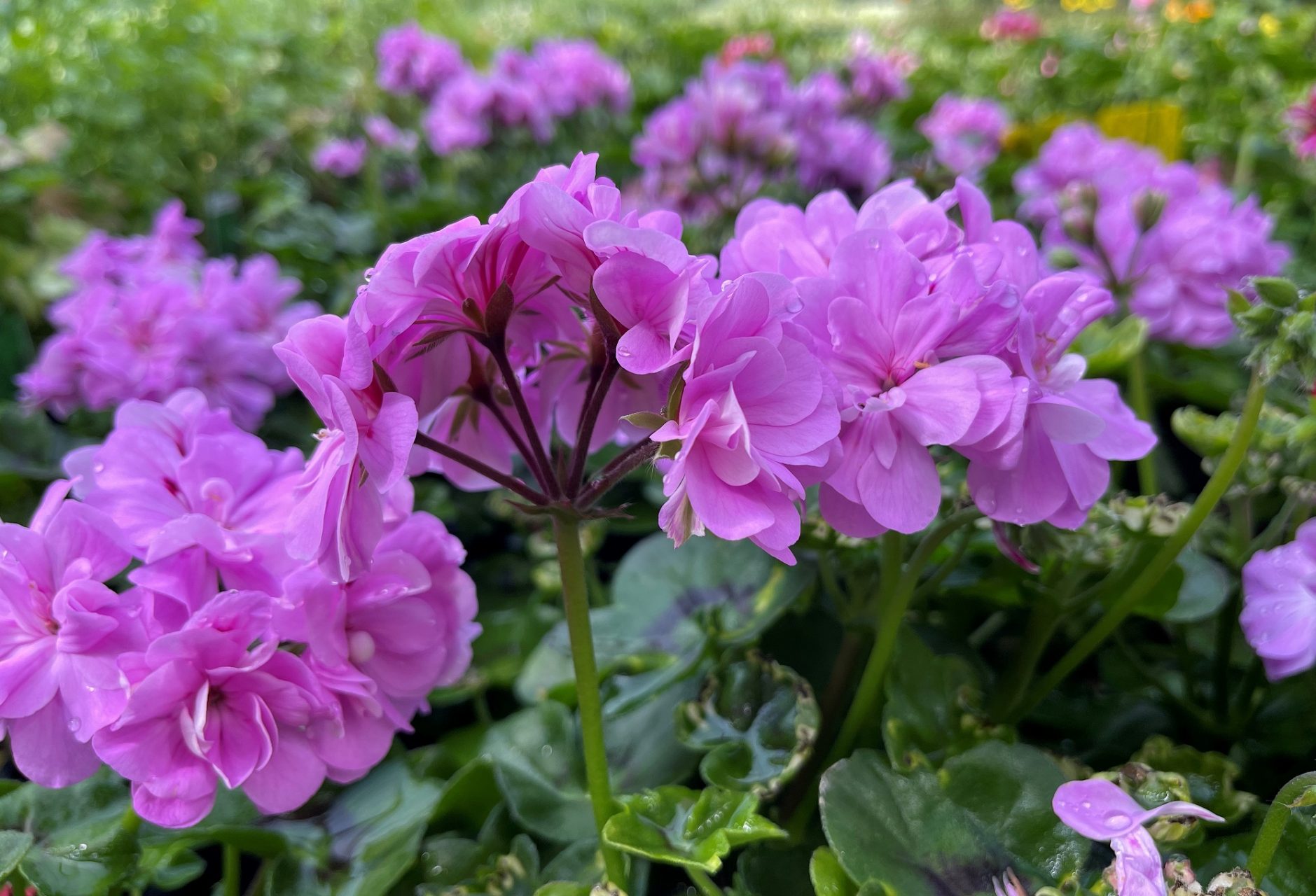
Caring for pollinators and creating a safe garden for them doesn’t have to stop with a summer garden full of flowers, but you can do even more to develop a secure habitat all year. Learn more about how to protect pollinators in the fall and spring with these blogs:
©Sharon Wallish Murphy ©Gardening with Sharon






